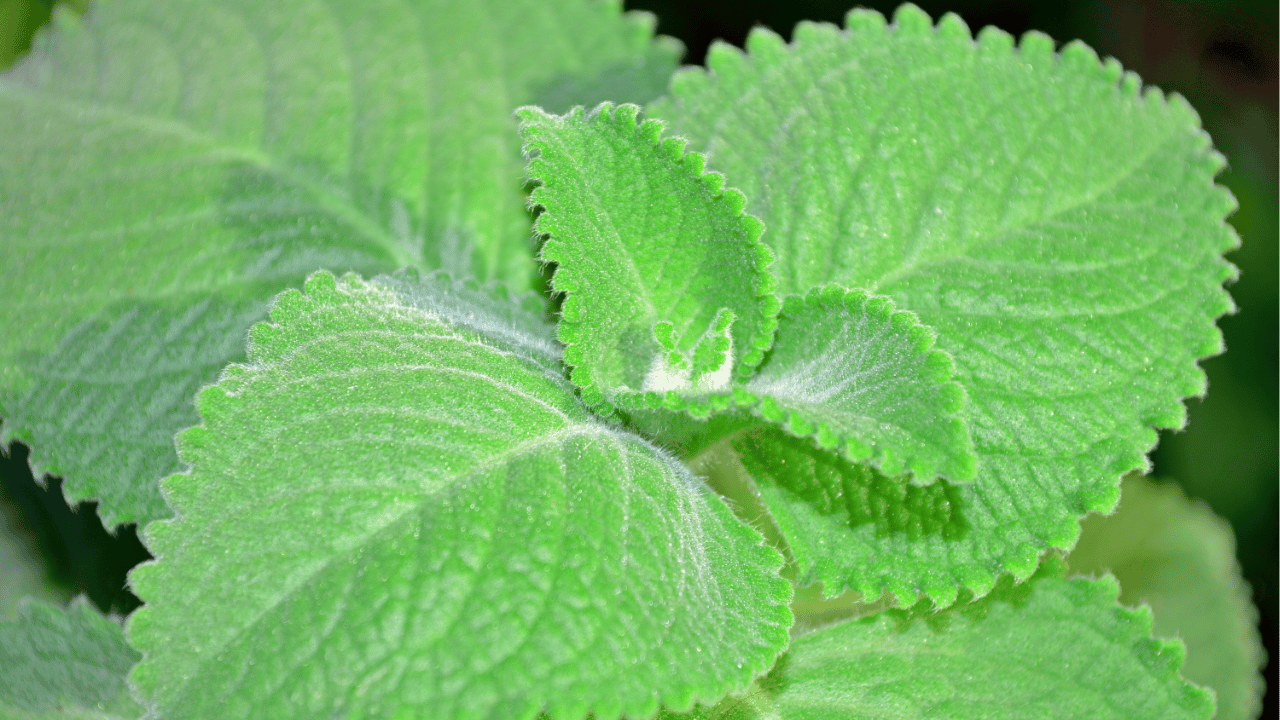Oregano, with its aromatic leaves and robust flavor, is a staple in herb gardens around the world. Although it is relatively easy to care for, there are a few nuances to ensure it thrives. Whether you’re growing oregano indoors or outdoors, proper care can significantly enhance the plant’s growth, flavor, and longevity. Here are ten essential tips to keep your oregano plant flourishing year-round.
1. Choose the Right Location
Oregano loves sunlight. Plant it in a spot that receives at least six hours of direct sunlight daily, as this helps it develop strong, flavorful leaves. Whether you’re growing it indoors or outdoors, placing oregano in a sunny location will encourage its healthy growth and maintain its vigor.
If you’re growing it indoors, place the pot near a sunny window. Outdoor gardeners should aim for a south-facing spot in the garden. Avoid shaded areas, as insufficient sunlight may cause leggy growth and reduce the plant’s essential oil production.
2. Provide Well-Draining Soil
Oregano thrives in well-draining soil, as it doesn’t tolerate soggy conditions. Use a mix of garden soil and coarse sand or perlite to ensure proper drainage. This will help prevent root rot, a common issue for oregano in compacted or overly moist soil.
Additionally, avoid overly rich soil. Oregano prefers soil that’s slightly lean, which forces it to develop a stronger flavor. You don’t need heavy amendments or high-nutrient fertilizers; just ensure that the soil drains well and isn’t too dense.
3. Water Sparingly
Oregano is drought-tolerant, so it doesn’t require frequent watering. Allow the top inch of soil to dry out between watering sessions. Overwatering can lead to waterlogged soil, which will harm the roots and stunt the plant’s growth.
In hot climates, water oregano more often, but still ensure that the soil dries out adequately. Consistently wet roots can cause fungal problems, so it’s best to let oregano handle periods of dryness between watering sessions.
4. Prune Regularly
Pruning oregano frequently encourages bushier growth and prevents the plant from becoming leggy. Start pruning once the plant reaches about four inches in height by pinching off the growing tips. This redirects the plant’s energy to produce more branches and leaves.
Make sure to remove any flowers as soon as they appear. Once oregano starts flowering, it can reduce leaf production, affecting the flavor. Regular pruning keeps the plant focused on leaf development, which is what you want for culinary use.
5. Fertilize Lightly
Oregano doesn’t require heavy feeding. In fact, too much fertilizer can lead to lush but less flavorful leaves. A light application of a balanced fertilizer once or twice during the growing season is sufficient.
If growing oregano in pots, you may need to fertilize slightly more often since nutrients wash out with each watering. Use a diluted organic fertilizer and apply sparingly to maintain strong, aromatic growth without overfeeding.
6. Harvest Often
Harvesting oregano regularly not only provides you with fresh herbs but also stimulates new growth. The best time to harvest is in the morning after the dew has dried but before the sun gets too intense. This is when the essential oils are at their peak, giving you the most flavorful leaves.
Avoid overharvesting by leaving at least one-third of the plant intact. This ensures that the oregano will continue to produce new growth without becoming stressed or depleted.
7. Mulch to Retain Moisture
Applying a light layer of mulch around the base of your oregano plant helps retain soil moisture and suppress weeds. Use organic mulch like straw, wood chips, or even small stones, which will help keep the soil cool and prevent it from drying out too quickly.
However, avoid mulching too thickly, as this can trap too much moisture. Keep the mulch a few inches away from the stem to allow for proper air circulation and to avoid fungal issues.
8. Ensure Proper Air Circulation
Oregano needs good airflow to prevent fungal diseases and other issues. When planting multiple oregano plants, space them at least 12 to 18 inches apart to ensure they have enough room to grow and air can move freely between them.
If you’re growing indoors, be mindful of overcrowding, especially if you have other herbs nearby. Regularly trim or remove any foliage that appears crowded to keep air circulating effectively around the plant.
9. Protect from Cold Weather
While oregano is a hardy perennial in warm climates, it may struggle in colder regions. If frost threatens, cover outdoor plants with a frost cloth or move potted plants indoors to prevent damage. Oregano can tolerate light frost but won’t survive freezing temperatures for extended periods.
For gardeners in colder zones, growing oregano in containers allows you to bring the plant indoors during the winter months, ensuring it continues to thrive year-round.
10. Divide and Repot Every Few Years
Oregano plants benefit from being divided and repotted every two to three years. This refreshes the soil, prevents the plant from becoming root-bound, and encourages new growth. Gently dig up the oregano and split the root ball into sections, then replant the divisions in fresh soil.
Repotting also helps manage the plant’s size, especially if it has outgrown its original container. Dividing your oregano will not only rejuvenate the plant but also give you new plants to expand your herb garden.

